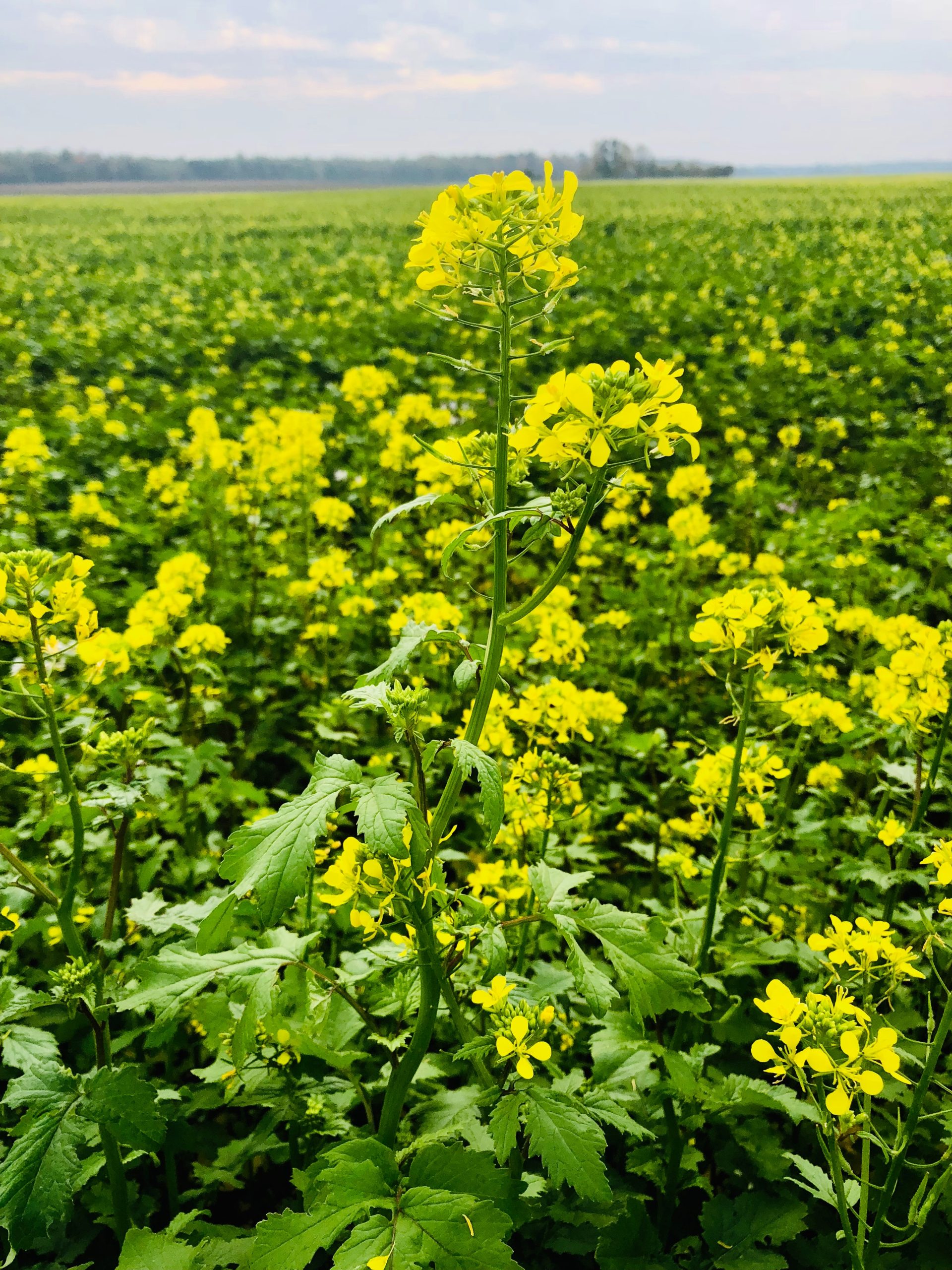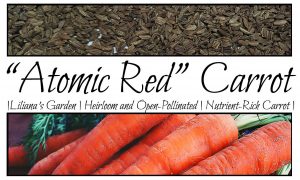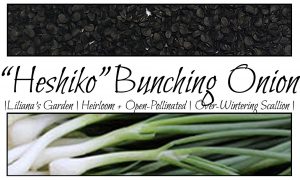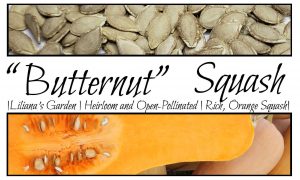Description
Nemagon Mustard as a Microgreen:
Mustard microgreens are a popular and nutritious type of microgreen that are grown from the seeds of the mustard plant. They are harvested when they are young and have just started to grow their first set of true leaves, usually about 7-14 days after germination.
As a microgreen, mustard has a bold and spicy flavor, similar to the flavor of mature mustard greens. The leaves are small and delicate, with a bright green color and a slightly crunchy texture. Mustard microgreens are often used as a garnish or to add flavor and texture to salads, sandwiches, and other dishes.
In terms of nutrition, mustard microgreens are high in vitamins A, C, and K, as well as minerals such as calcium, iron, and potassium. They also contain antioxidants and other beneficial compounds that may help to promote overall health and wellness.
Nemagon Mustard as a Mature Salad Green:
Nemagon mustard greens can be a great addition to a salad as they add a peppery and slightly bitter flavor to the mix. The leaves are typically dark green and have a slightly wrinkled texture, which makes them a visually appealing addition to any salad.
To use nemagon mustard greens in a salad, simply wash and dry the leaves, and then chop them into bite-sized pieces. You can use them alone or mix them with other salad greens such as spinach, arugula, or kale, depending on your preference. Nemagon mustard greens can also be used to make a warm salad by sautéing them lightly in a pan before adding them to the salad.
Nemagon mustard greens are also highly nutritious and contain high levels of vitamins A, C, and K, as well as fiber and other beneficial nutrients. Including mustard greens in your salad can be a great way to add some variety and nutrition to your diet. However, it’s worth noting that mustard greens can have a slightly bitter taste, so it’s best to start with a small amount and gradually increase the quantity as you become accustomed to the flavor.
How to Grow Mustard Greens “Nemagon”
Growing mustard greens is relatively easy, and they can be grown either indoors or outdoors, depending on your preference and available space. Here’s a basic guide to growing mustard greens:
- Choose a planting location: Mustard greens prefer well-draining soil with a pH of around 6.0 to 7.5. They can be grown in full sun or partial shade, depending on your climate and the time of year.
- Prepare the soil: If you’re growing outdoors, loosen the soil and add compost or other organic matter to improve soil quality. If you’re growing indoors, use a high-quality potting mix.
- Plant the seeds: Sow the seeds directly into the soil or potting mix, spacing them about 1-2 inches apart and covering them with a thin layer of soil. Water them gently.
- Care for the plants: Keep the soil moist but not waterlogged, and make sure the plants get enough sunlight or artificial light if you’re growing them indoors. Fertilize the plants every few weeks with a balanced fertilizer.
- Harvest the greens: Depending on the variety of mustard greens you’re growing, they can be ready to harvest in as little as 4-6 weeks. Harvest the leaves by snipping them off near the base of the plant, leaving enough leaves for the plant to continue growing.
Mustard greens can be grown year-round in many climates, so you can enjoy a steady supply of fresh greens throughout the year. They’re also relatively low-maintenance, making them a great choice for beginner gardeners.
FAQ for Mustard Greens “Nemagon”:
- What are mustard greens? Mustard greens are leafy green vegetables that come from the mustard plant, which is part of the Brassicaceae family. They are similar in taste and texture to other leafy greens such as kale, collard greens, and spinach.
- What do mustard greens taste like? Mustard greens have a slightly bitter and peppery flavor, which can be strong or mild depending on the variety and the age of the leaves.
- Are mustard greens good for you? Yes, mustard greens are highly nutritious and contain high levels of vitamins A, C, and K, as well as fiber and other beneficial nutrients.
- How do you prepare mustard greens for cooking? To prepare mustard greens for cooking, rinse them under cold water to remove any dirt or debris. Then, remove the tough stems and chop the leaves into bite-sized pieces.
- Can you eat mustard greens raw? Yes, you can eat mustard greens raw. They are often used in salads or as a garnish for sandwiches and other dishes.
- What are some popular recipes that use mustard greens? Some popular recipes that use mustard greens include sautéed mustard greens, mustard green pesto, and mustard green quiche.
- How do you store mustard greens? To store mustard greens, wrap them in a damp paper towel and place them in a plastic bag. Store them in the refrigerator for up to one week.
- How long do mustard greens last? Mustard greens can last for up to one week in the refrigerator if stored properly.
- How do you freeze mustard greens? To freeze mustard greens, blanch them in boiling water for 2-3 minutes, then immediately transfer them to a bowl of ice water to stop the cooking process. Drain the greens and store them in an airtight container or freezer bag for up to 6 months.
- Can you grow mustard greens indoors? Yes, mustard greens can be grown indoors in containers or pots. They require good lighting and regular watering to thrive.





Reviews
There are no reviews yet.